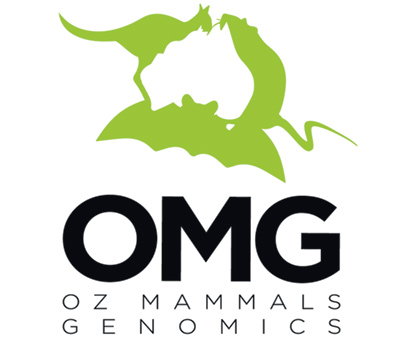New Holland mouse conservation genomics
Population structure and loss of genetic diversity to extirpation in the New Holland Mouse
While many Australian mammal species have undergone decline in the past 200 years, native rodents are disproportionately threatened. Of the 64 native Australian rodent species recorded historically, 14 are now considered extinct and at least a further 24 are of conservation concern. Fourteen of these at-risk rodents belong to the Pseudomys genus, of which 24 were recorded historically, and three of which have since become extinct.
New Holland mice (Pseudomys novaehollandiae) are an exemplar of the problems faced by the Pseudomys group. Rediscovered in 1967 in New South Wales after nearly a century presumed extinct, the known range gradually increased to include south-central and south-east Victoria, north-east Tasmania, and south-east Queensland. However, seven of ten populations detected in Victoria disappeared soon after their discovery, and New Holland Mice have not been detected in Tasmania for over a decade.
We are using targeted rodent exon capture to evaluate the genetic diversity of New Holland mice. Knowledge of how this is structured across their geographic range will illuminate historical and predicted losses of genetic diversity within the species and govern whether conservation efforts are best focused at a national, state or population level.
Project coordinator:
- Kevin Rowe (Museums Victoria)
Project collaborators:
- Emily Roycroft (Museums Victoria / University of Melbourne)
